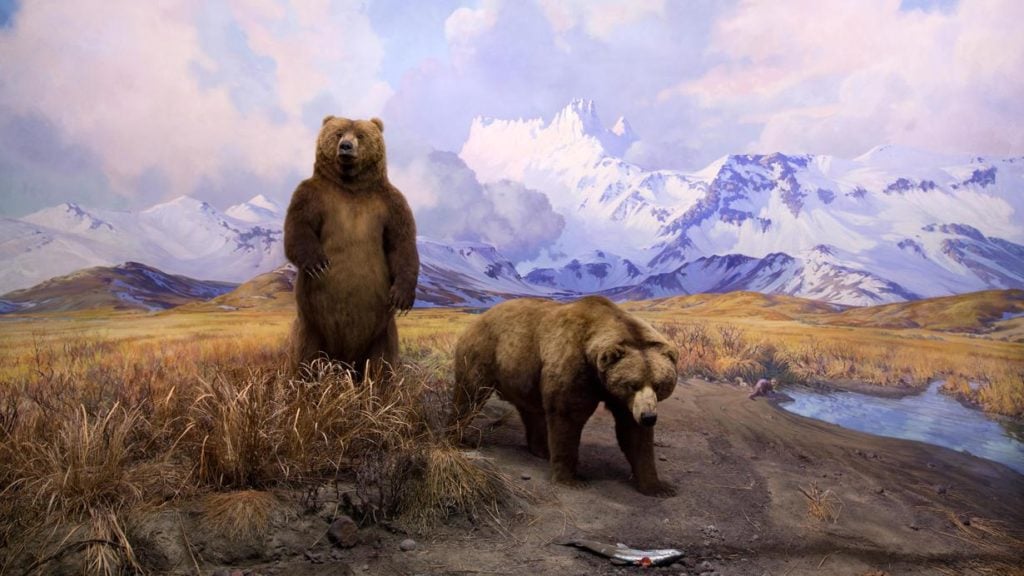Art World
It’s Not Just Artists Who Are Impacted by Museums’ Gender Bias. A New Study Shows Most Animal Specimens Are Male, Too
Maybe we shouldn't be surprised.

Maybe we shouldn't be surprised.

Sarah Cascone

In an utterly unexpected example of male bias, a new study has found that it isn’t just male artists that have a leg up on their female counterparts—most of the animal specimens in museums are male too.
A team of scientists led by Graham Gower of the University of Copenhagen checked the sex counts for modern mammals in the collections databases for the American Museum of Natural History in New York, the Smithsonian’s National Museum of Natural History in DC, the Natural History Museum in London, and the Royal Ontario Museum in Toronto. They also conducted DNA testing to determine the sexes of Pleistocene bear and bison specimens that were collected in the field or borrowed from museums.
Almost across the board, they were surprised to find most of the animals were male, with the exception of bats, anteaters, and sloths, which are mostly female. Hoofed mammals, armadillos, and Tasmanian devils and their relatives featured the highest percentage of male specimens.
The findings were published last week in the journal Proceedings of the National Academy of Sciences.
While there will always be biases in museum holdings—larger animals are easier to find that microscopic ones, and some regions of the earth are more remote than others and therefore will be underrepresented—it’s unclear why museum collections tend to favor males. After all, all living things die, regardless of sex.
In the case of modern specimens, the hunters who often donate them may prefer larger animals, which tend to be male, or feel bad about killing mothers. And males often feature brighter colors, or larger horns or antlers, which also increases their appeal.
But the study means we might have to adjust our understanding of prehistoric beasts. If archaeologists are basing their estimates on the average size of ancient mammals based on a predominantly male pool of specimens, that means they are not taking into account females of the species, which are typically much smaller. The Atlantic warns that our understanding of massive prehistoric mammals, much larger than their modern-day equivalents, may in fact be inflated by this skewed sample size.
As to why 74 percent of the bison and 64 percent of the bears were male, Gower offered an interesting hypothesis, suggesting that male mammals typically have wider ranges than female mammals, and therefore are more likely to be found.